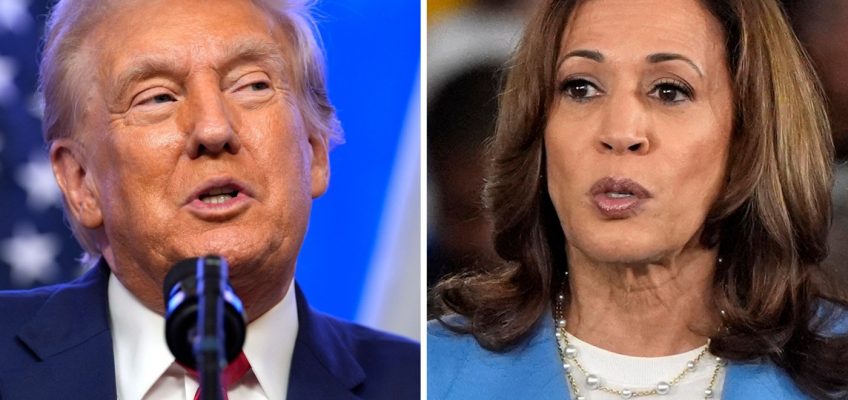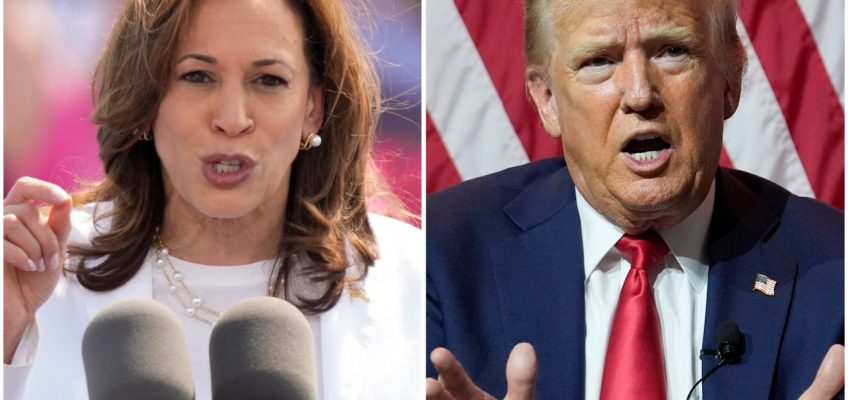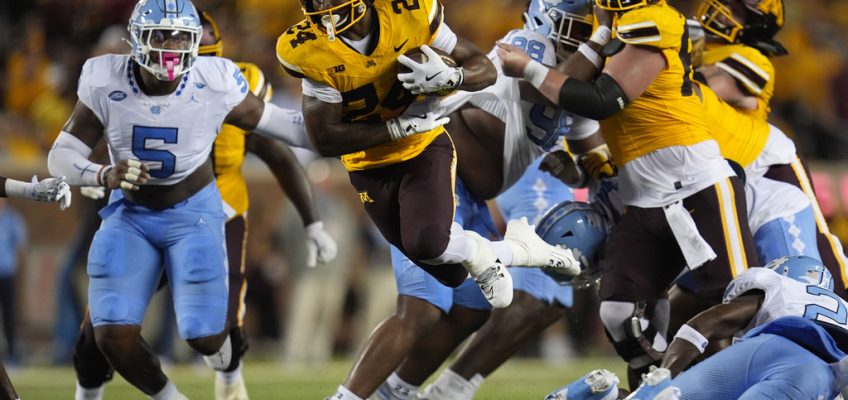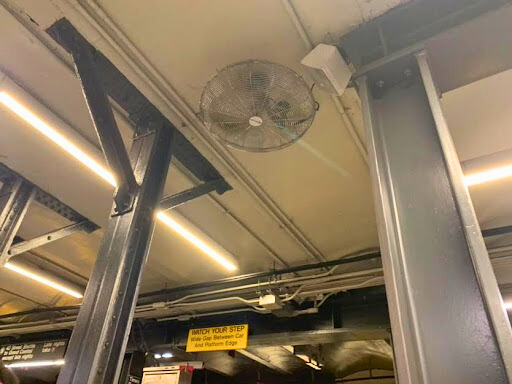By MEG KINNARD and MICHELLE L. PRICE Associated Press
WASHINGTON (AP) — Vice President Kamala Harris has accepted the rules set forth for next week’s debate with former President Donald Trump, although the Democratic nominee says the decision not to keep both candidates’ microphones live throughout the matchup will be to her disadvantage.
The development, which came Wednesday by way of a letter from Harris’ campaign to host network ABC News, seemed to mark a conclusion to the debate over microphone muting, which had for a time threatened to derail the Sept. 10 presidential debate at the National Constitution Center in Philadelphia.
Harris’ acceptance of the debate rules came as Trump — using a night he had proposed as a debate with Harris on Fox News Channel — instead participated in a solo town hall with host Sean Hannity in Harrisburg, Pennsylvania, a version of debate preparation with a longtime ally who queried him about his plans to take on the Democratic nominee.
President Joe Biden’s campaign had made the muting of microphones, except for the candidate whose turn it is to speak, a condition of his decision to accept any debates this year. Some aides have said they now regret that decision, saying voters were shielded from hearing Trump’s outbursts during the June debate. A disastrous performance for the incumbent Democrat fueled his exit from the campaign.
Once Harris rose in Biden’s stead and became their party’s pick for president, her campaign had advocated for live microphones for the whole debate, saying previously that the practice would “fully allow for substantive exchanges between the candidates.”
But on Wednesday, in a letter obtained by The Associated Press, Harris’ advisers wrote that the former prosecutor will be “fundamentally disadvantaged by this format, which will serve to shield Donald Trump from direct exchanges with the Vice President.”
“We suspect this is the primary reason for his campaign’s insistence on muted microphones,” her campaign added.
Despite those concerns, Harris’ campaign wrote, “we understand that Donald Trump is a risk to skip the debate altogether, as he has threatened to do previously, if we do not accede to his preferred format.” So as not to “jeopardize the debate,” Harris’ campaign wrote, “we accepted the full set of rules proposed by ABC, including muted microphones.”
According to an official with Harris’ campaign, a pool of journalists will be on hand to hear what the muted candidate may be trying to say when his or her microphone is turned off. That detail was not in the full debate rules, also released Wednesday by ABC, which are essentially the same as they were for the June debate between Trump and Biden.
The network laid out parameters from the basic format — 90 minutes, with two commercial breaks — to specifications that moderators David Muir and Linsey Davis “will be the only people asking questions,” perhaps hoping to avert a free-for-all between the candidates.
“Moderators will seek to enforce timing agreements and ensure a civilized discussion,” the network noted.
Related Articles
House readies to help bald eagle soar as national bird
Donald Trump says he can stabilize prices. Does his plan make sense?
JD Vance’s Catholicism helped shape his views. So did this little-known group of Catholic thinkers
Voters will decide minimum wage ballot measures in several states
America is trying to fix its maternal mortality crisis with federal, state and local programs
The Harris campaign official, who spoke on the condition of anonymity to discuss planning around the debate, said a candidate who repeatedly interrupts will receive a warning from a moderator, and both candidates’ microphones may be unmuted if there is significant crosstalk so the audience can understand what’s happening.
After a virtual coin flip held Tuesday and won by Trump, the GOP nominee opted to offer the final closing statement, while Harris chose the podium on the right side of viewers’ screens. There will be no audience, written notes or any topics or questions shared with campaigns or candidates in advance, the network said.
In the town hall on Wednesday, Hannity steered Trump through many of the topics typical of the GOP nominee’s campaign events, with a heavy focus on immigration, and posed questions after showing video clips of Harris in media interviews and other appearances.
Trump also repeatedly returned his focus from Harris to Biden, calling Democrats’ substitution of their top candidate “a coup” and saying he would have preferred a debate with Harris, rather than the town hall.
Asked about next week’s debate, Trump repeated his former criticism of ABC as a “dishonest” and “unfair” network, also reiterating his previous claims that Harris’ campaign is “going to get the questions in advance.”
The location of Trump’s town hall, coupled with next week’s debate in Philadelphia, highlights the importance of battleground Pennsylvania, where 19 Electoral College votes are up for grabs in the November election.
Price reported from Harrisburg, Pennsylvania. AP White House Correspondent Zeke Miller contributed to this report.
Related Articles
Carl P. Leubsdorf: They’re all ‘flip-floppers’
That photo of people wearing ‘Nebraska Walz’s for Trump’ shirts? They’re distant cousins
House readies to help bald eagle soar as national bird
Donald Trump says he can stabilize prices. Does his plan make sense?
JD Vance’s Catholicism helped shape his views. So did this little-known group of Catholic thinkers




